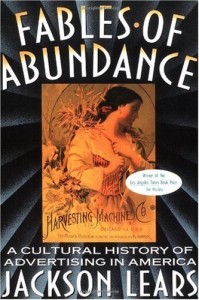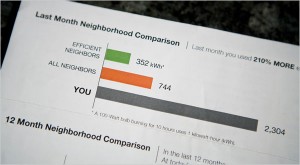How soon before we hit peak oil production? According to the U.S. military, it might be two years from now, or even less. If true, we’re well on our way to the real Energy Crisis. And the key to riding it out just might be efficiency technologies like that itchy pink insulation in your attic.
 Peak oil is the point when the world’s oil production reaches its highest rate and begins its inevitable decline, creating an oil deficit relative to demand.
Peak oil is the point when the world’s oil production reaches its highest rate and begins its inevitable decline, creating an oil deficit relative to demand.
That will happen globally in 2012 with “severe” shortfalls on world markets by 2015, according to a report issued by the United States Joint Forces Command. The UK’s Guardian newspaper covered it. Peak oil in the U.S. has already passed. It was 1970 for the lower 48 states.
So we just fill the gap with all kinds of renewable energy projects, right? Wrong.
It will take decades to spool up replacement technologies and attendant infrastructure. See, oil is a very energy dense and convenient source of power. Battery technology is a long way from matching oil’s energy density, and it has its own “peak” problems (lithium doesn’t exactly grown on trees). It will also need a materials-intensive charging infrastructure program to even begin propelling the millions of passenger cars currently on the road. Bio-fuels? Also not as energy-dense as petroleum, meaning you’d have to produce a hell of a lot more of it to replace a lesser volume of petroleum. Also, bio-fuels have a raft of production scaling issues that are, again, many years away from being addressed (let’s talk dry materials storage and handling!). Oh, and ethanol tends to pick up water easily and is fairly corrosive, so the existing gasoline pipeline transportation infrastructure isn’t well-suited to handling it.
Without a couple decades to work through these problems, we’d be better off focusing not on producing replacement fuels, but increasing efficiency – making the most of what’s at hand.
 For instance, let’s tighten up our buildings. Buildings account for almost 50 percent of energy consumption in the U.S. (and a proportionate share of carbon emissions), according to the EIA. As we gin up those turbines, let’s be retrofitting the building sector – utilizing everything from smart glass like SAGE to advanced insulation materials and onsite combined heat units. And build this stuff into new construction.
For instance, let’s tighten up our buildings. Buildings account for almost 50 percent of energy consumption in the U.S. (and a proportionate share of carbon emissions), according to the EIA. As we gin up those turbines, let’s be retrofitting the building sector – utilizing everything from smart glass like SAGE to advanced insulation materials and onsite combined heat units. And build this stuff into new construction.
Dare I suggest telecommuting? We’ve spent decades building a robust, intercontinental Internet. Surely it can handle remote workers, ecommerce and funny cat clips on YouTube.
Efficiency measures like these are in our collective DNA. A market-based economy is supposed to excel at efficiency and we’re generally good at it when we make the effort. Unfortunately, the easy availability of cheap energy has limited its appeal to date. Why insulate if heating oil is cheaper than Pepsi?
Back in December of 2009, President Obama unveiled a program of incentives to drive efficiency behaviors – and jobs – which subsequently became known as “cash for caulkers.” This passage from the linked article is telling: “I know the idea may not be very glamorous, although I get really excited about it,” Obama chuckled as he described the discussion at a roundtable on job creation he took part in just before his remarks. “Insulation is sexy stuff.”
I agree, but for most folks, we’ll need to sex it up a bit, as the Brits say. There’s an image problem with energy efficiency. Ever since President Carter put on a sweater and went on national television in February of 1977 to say that we’d have to turn down the thermostat to build a better future, the concept of efficiency has been firmly wedded to that of sacrifice, rather than something sexier, like, say progress. Efficiency is a topic ripe for an extreme makeover.
So how, exactly, do we make energy efficiency sexy? More about that in my next post.




